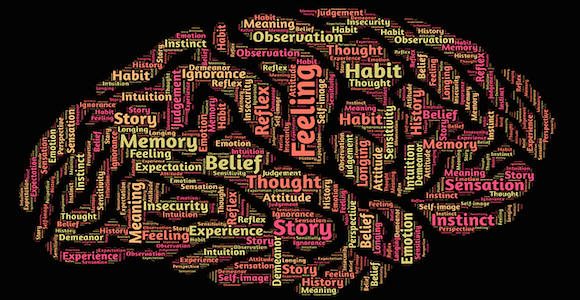
Excerpted from the Book “Dramatica Unplugged“
By Melanie Anne Phillips, Co-creator of Dramatica
The Story Mind concept is interesting, but how would such a thing have come to be? After all, there was certainly never a convention where authors from all over the world gathered to devise a story structure based on the psychology of the human mind.
So, if the Story Mind concept is real and valid, how would such a thing come to be? Here’s one possibility….
Imagine the very first storyteller, perhaps a caveman sitting around a campfire. The first communication was not a full-blown story as we know them today. Rather, this caveman may have rubbed his stomach, pointed at his mouth and made a “hungry” sound.
More than likely he was able to communicate. Why? Because his “audience” would see his motions, hear his sounds, and think (conceptually), “If I did that, what would I mean?”
We all have roughly the same physical make-up, we make the assumption that we also think similarly. Therefore when that early man encoded his feelings into sound and motion, the others in his group could decode his symbolism and arrive back at his meaning.
Buoyed by his success in communication, our caveman expands his technique, moving beyond simple expressions of his immediate state to describe a linear series of experiences. For example, he might relate how to get to a place where there are berries or how to avoid a place where there are bears. He would use sign language to outline his journey and to depict the things and events he encountered along the way.
When our storyteller is able to string together a series of events and experiences he has created a tale. And that, simply put, is the definition of a tale: an unbroken linear progression.
We call this kind of tale a “head-line” because it focuses on a chain of logical connections. But you can also have a “heart-line” – an unbroken progression of feelings. For example, our caveman storyteller might have related a series of emotions he had experienced independently of any logistic path.
Tales can be just a head-line or a heart-line, or can be more complex by combining both. In such a case, the tale begins with a particular situation in which the storyteller relates his feelings at the time. Then, he proceeded to the next step which made him feel differently, and so on until he arrives at a final destination and a concluding emotional state.
In a more complex form, emotions and logic drive each other, fully intertwining both the head-line and hear-line. So, starting from a particular place in a particular mood, driven by that mood, the storyteller acted to arrive at a second point, which then made him feel differently.
The tale might be driven by logic with feelings passively responded to each step, or it might be driven completely by feelings in which each logic progression is a result of one’s mood.
And, in the most complex form of all, logic and feelings take turns in driving the other, so that feelings may cause the journey to start, then a logical event causes a feeling to change and also the next step to occur. Then, feelings change again and alter the course of the journey to a completely illogical step.
In this way, our storyteller can “break” logic with a bridge of feeling, or violate a natural progression of feelings with a logical event that alters the mood. Very powerful techniques wrapped up in a very simple form of communication!
We know that the human heart cannot just jump from one emotion to another without going through essential emotional states in between. However, if you start with any given emotion, you might be able to jump to any one of a number of emotions next, and from any of those jump to others. But you can’t jump to all of them. If you could, then we all just be bobbing about from one feeling to another. There would be no growth and no emotional development.
As an analogy, look at Freud’s psycho-sexual stages of development or consider the seven stages of grief. You have to go through them in a particular order. You can’t skip over any. If you do, there’s an emotional mis-step. It has an untrue feeling to the heart.
A story that has a character that skips an emotional step or jumps to a step he couldn’t really get to from his previous mood it will feel wanky to the audience. It will feel as if the character started developing in a manner the audience or readers can follow with their own hearts. It will pop your audience or readers right out of the story and cause them to see the character as someone with home they simply can’t identify.
So the idea is to create a linearity. But doesn’t that linearity create a formula? Well it would if you could only go from a given emotion to just one particular emotion next. But, from any given emotion there are several you might jump to – not all, but several. And from whichever one you select as storyteller, there are several more you might go to next.
Similarly with logic, from any given situation there might be any one of a number of things that would make sense if they happened next. But you couldn’t have anything happen next because some things would simply be impossible to occur if the initial situation had happened first.
Now you can start from any place and eventually get to anywhere else, but you have to go through the in-betweens. So as long as you have a head-line and/or a heart-line and it is an unbroken chain that doesn’t skip any steps, that constitutes a complete tale.
Also from Melanie Anne Phillips…


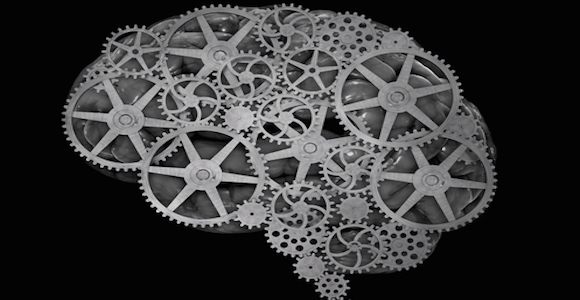
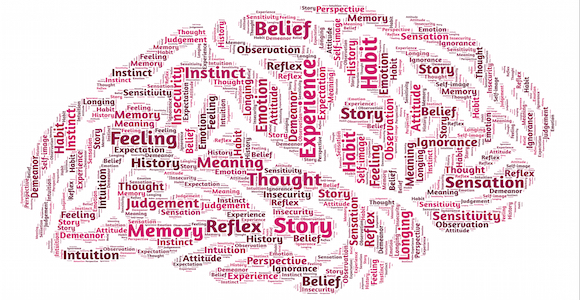
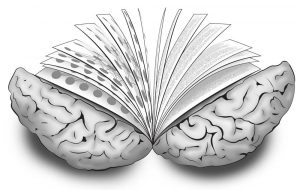 Stories have a mind of their own. And as with people, your story’s mind has different facets. These are represented in your Genre, Theme, Plot, and Characters. Genre is the overall personality of the Story Mind. Theme represents its troubled value standards. Plot describes the methods the Story Mind uses as it tries to work out its problems. Characters are the conflicting drives of the Story Mind.
Stories have a mind of their own. And as with people, your story’s mind has different facets. These are represented in your Genre, Theme, Plot, and Characters. Genre is the overall personality of the Story Mind. Theme represents its troubled value standards. Plot describes the methods the Story Mind uses as it tries to work out its problems. Characters are the conflicting drives of the Story Mind.
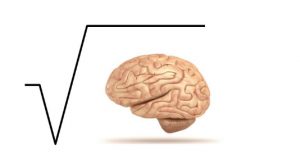 The central concept of the Dramatica theory of narrative structure is the existence of a Story Mind – essentially the notion that every story has its own psychology and its own personality, as if the story itself were a character in its own right.
The central concept of the Dramatica theory of narrative structure is the existence of a Story Mind – essentially the notion that every story has its own psychology and its own personality, as if the story itself were a character in its own right.